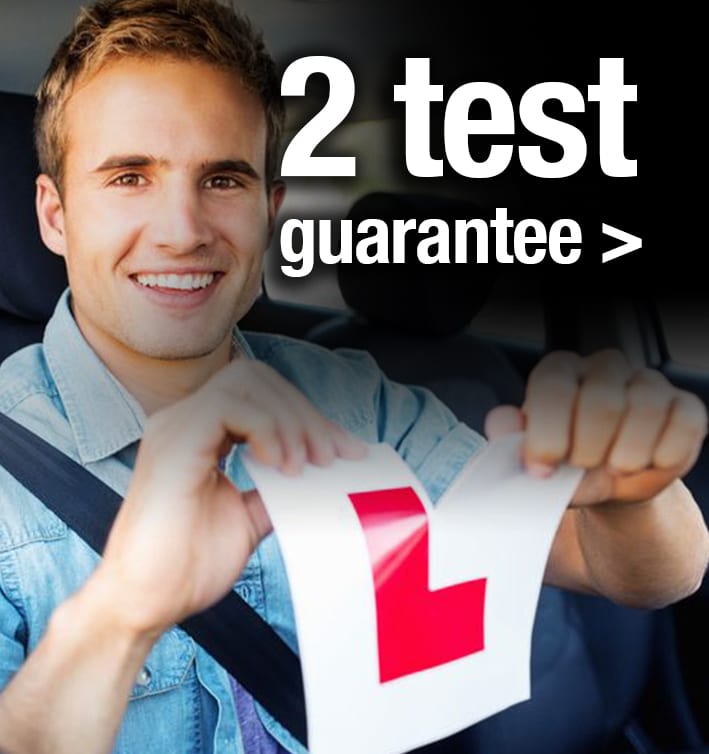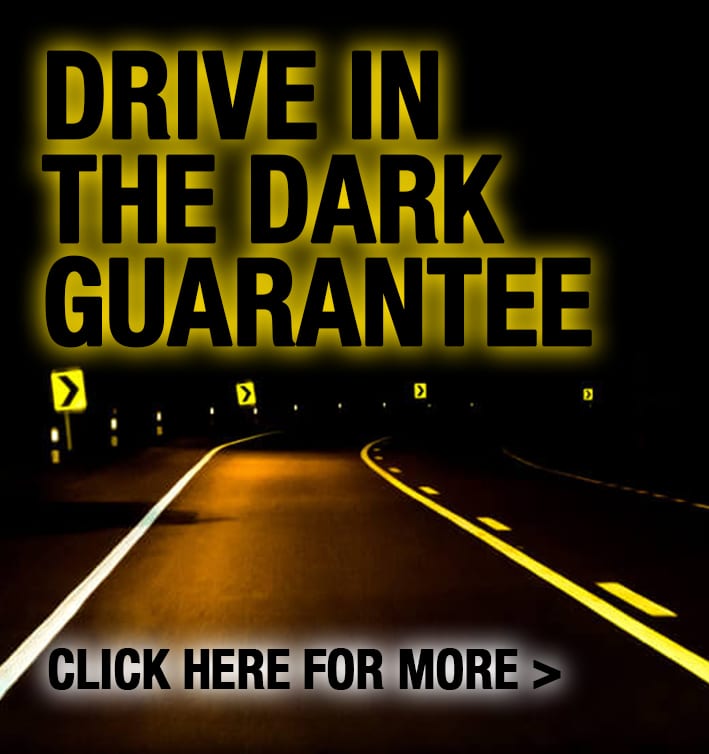 The BIG TOM driving videos offer Learners the opportunity to learn even when not physically in the driving school car. This offers a fabulous opportunity to maximise the learning, save time and ultimately to save money by getting as much value as possible. This blog will demonstrate how this can be achieved.
The BIG TOM driving videos offer Learners the opportunity to learn even when not physically in the driving school car. This offers a fabulous opportunity to maximise the learning, save time and ultimately to save money by getting as much value as possible. This blog will demonstrate how this can be achieved.
The following exchange can be seen in the comment section of the BIG TOM Driving Video “Moving off, pulling over on driving lessons.
“Hello I have a question regarding pulling over on the side, if I’m in 3rd gear and I wanted to pull over to the left can I still use the handbrake then neutral method? Because at times I do stall when I do this, I’m not sure if it’s because I’m too slow in pulling up however, any help would really be appreciated, thank you!
Morning. Yes that handbrake neutral signal technique is still valid no matter what gear you pull over in. What tends to happen is that if you are pulling over in a higher gear, let’s say third as in your example, then what it ultimately means is that you would need to put the clutch down SOONER than if you were in 2nd gear, and that is purely because in the higher gear, the car wants to maintain a speed that accommodates that gear. So, clutch down, feather the brakes to a controlled stop, parallel to the kerb, about a foot away and with attention as to where you are literally stopping (so as not to inconvenience others), THEN, once the car is at a complete stop – handbrake, neutral (in this case, from 3rd gear) and then turn the signal off if you had put it on. So, to answer your question directly, I suspect that you are leaving the putting down of the clutch pedal too late for the third gear, you need to put it down sooner than if you were in 2nd. If you want to see this in a practical demonstration, find a very quiet road, and practise stopping the car in 1st, 2nd and 3rd gear (forget about the kerb, find a road where you can stop and it wont affect anyone). Try to sense and notice when the car is needing you to put the clutch down for each gear and literally what speed you are at. You should see with practise that in 1st gear the car can be almost at a stop before it needs you to put the clutch down to prevent a stall, whereas in 3rd gear, the car will be needing you to put that clutch down much sooner to prevent a stall. Give it a go! Let me know how you get on…. and thanks for your question, it’s a good question….. tom
Perfect thank you so much! So what I’d have to do is put the clutch down much sooner and brake a little too and then use the original handbrake neutral method? Thank you again and your videos are really helpful! 🙂
Yes that is correct. We need to be mindful that we are not putting the clutch down far too early but yes when it comes to comparing the timing of the clutch with different gears, it will need to be sooner for the higher gears. Do remember for example, that if you are pulling over while travelling on a road that is downhill, the moment you put that clutch down, potentially, that can make the car gather speed due to gravity, so this would need to be controlled by active use of the brake as you mention above, to prevent the car from getting faster. I’m pleased to hear that you are getting something out of the videos, and it’s a credit to you that you are asking away with questions – that’s all good stuff…. tom
Brilliant thank you once again I will try this out and hopefully it goes well :), also does depressing the clutch early help to slow the car down quicker hence why we have to use this method when we’re in 3rd gear (or above)?
No, this is quite a common mis-conception. We put the clutch down to either prevent it from stalling when we come to a stop (or travel extremely slowly), or when we intend to change gear. The only way that you can relate putting the clutch down with slowing the car, is that by putting the clutch down you disconnect the engine power from the wheels – there is literally nothing then motoring the wheels forward any more. So on a flat road, eventually, eventually…. the car will run out of steam with the clutch down as nothing is actually propelling it forward any more. But, if you were going downhill, gravity will propel forward! A little demonstration that illustrates this point perfectly – find a quiet flat road, get up to say 30 mph in 3rd gear and take your foot off the gas and count in your head how many seconds it takes to get to 10mph. Then, get up to 30 mph in 3rd gear on the same flat road, come off the gas and put the clutch all the way down, then count how long it takes to get down to 10mph. You should find that it takes LONGER to slow down to 10 mph when you put the clutch down, the exact opposite of what you are asking me in your last question. When you take your foot off the gas but remain in gear (don’t put the clutch down), what happens, that slowing effect, is called “engine braking” – we use that to very good effect in a number of situations when driving. But my whole point to you is NOT to associate putting the clutch down with slowing of the car – not the case. It is the pressing down of the brake pedal that slows the car down, not the putting down of the clutch. Hope that makes sense?
That makes so much more sense now that you’ve explained it to me! I can’t thank you enough :)”
This particular exchange was within a 24 hour period with a Learner who is not a BIG TOM customer, so could be anywhere in the UK or perhaps even outside the UK. It goes to show that there is still the opportunity to learn even if you are not booked up to attend the BIG TOM 5 Day Intensive Driving Course. You can see for yourself how valuable this exchange was to this person, and that could be you!
In addition to this, BIG TOM provides all of their customers access to private driving videos that are of longer duration and go into greater detail on subjects such as
How to achieve mini-goals and how that relates to your driving test
Adverse weather and how to prepare journeys
Why pressing the clutch pedal down does NOT necessarily slow the car down
Mirrors – why do them, when to do them and how
Finding a solution of how to reverse parallel park
Over 40 driving clips of approaching and navigating around Peterborough roundabouts
How emotions affect your ability to drive
What happens when the DVSA cancel driving tests
What are the key ingredients for good manoeuvres
Why approaching roundabouts at the correct speed and gear is important
How night time driving affects you
Preparing for your BIG TOM Intensive Driving Course
The DVSA National Driving Standard and what that means to you
Using signs and road markings to help plan roundabouts using Asda roundabout in Grantham as an example
How accurate is the BIG TOM mock test
What are the key factors in assessing roundabouts and why that is important
The marking sheet that Examiners will use on your driving test
How other drivers behaviour affects your attitude to learning to drive.
BIG TOM Driving School publicly displays our Customer Charter and under the heading of Customer Relations is the following:
“Our goal is to maximise the working relationship with our customers to offer excellent quality and value tuition”
Engaging in our driving videos is just one opportunity provided to our customers that shows our commitment to going one step further with customer service beyond the majority of driving schools. We offer our customers a learning environment that can be as personalised as they want it to be, and as can be seen in the exchange above, the learning can continue even in the comfort of your own home.
BIG TOM Driving School provides 5 Day Intensive Driving Courses for Learners who use Peterborough, Grantham, Boston, and Lincoln Driving Test Centres CALL NOW! 0800 689 4174 or https://www.bigtom.org.uk/contact/




